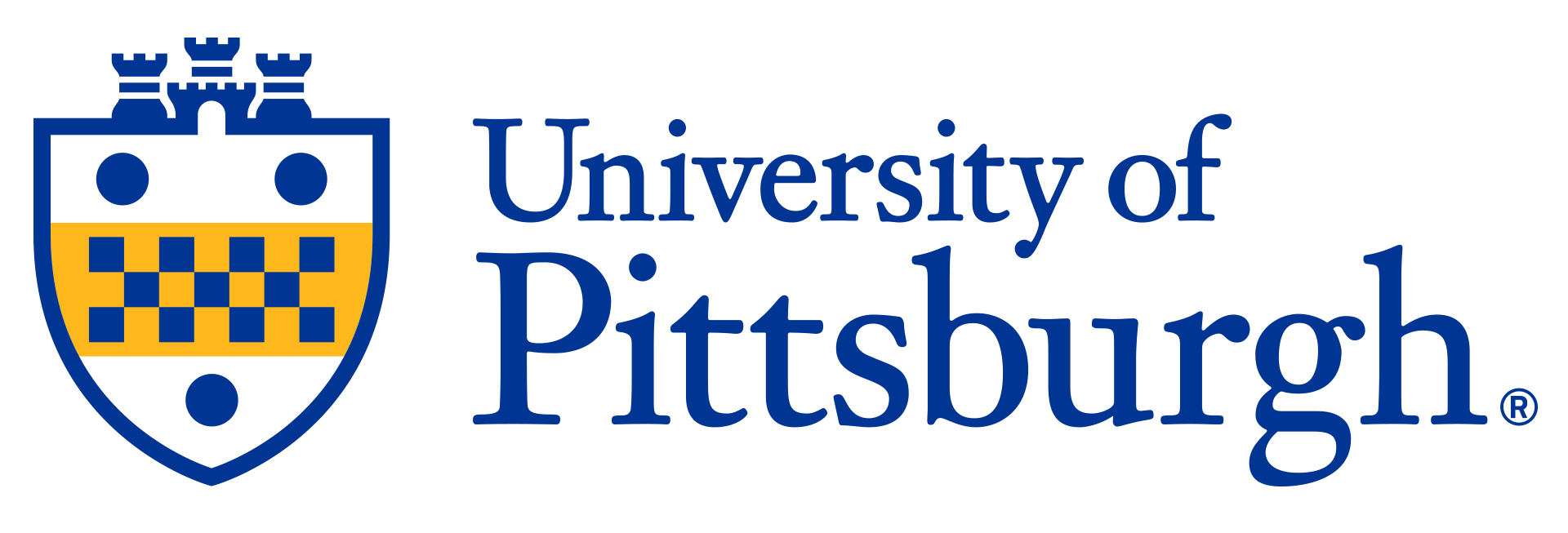

Novel Strategy to Prevent Cardiomyopathy
A University of Pittsburgh scientist has identified a protein which, when inhibited, can prevent the development of left ventricular hypertrophy caused by genetic and non-genetic causes. Murine double mutant 2 (MDM2) protein is induced during the earliest stages of cardiomyopathy, regardless of cause. Using genetic or pharmacological methods to reduce MDM2 activity can prevent microvascular dysfunction and the development of clinically significant cardiomyopathy.
Description
Left ventricular hypertrophy (LVH) can be caused by both genetic mutations associated with hypertrophic cardiomyopathy (HCM) and acquired conditions such as chronic hypertension or aortic stenosis. LVH is a common cause of both heart failure with preserved ejection fraction (HFpEF) and heart failure with reduced ejection fraction (HFrEF) in humans. Microvascular dysfunction and thickening of the left ventricular wall of the heart are key pathologic changes that are associated with LVH. This novel approach aims to target a key molecular regulator of LVH to prevent heart failure.Applications
• Genetic forms of hypertrophic cardiomyopathy• Pathologic left ventricular hypertrophy from hypertension
• Myocardial microvascular dysfunction
Advantages
The current treatment strategies for pathologic LVH are insufficient to prevent disease progression in many individuals. Novel strategies to prevent the development of LVH in susceptible individuals could reduce the economic, social, and health burden associated with this condition.This novel approach targets the MDM2 protein which is induced in the early stages of LVH and can lead to reduced myocardial capillary formation and cardiomyocyte hypertrophy. Inhibition of the MDM2 signaling pathway has been found to increase the formation of these capillaries, prevent the development of LVH and microvascular dysfunction in preclinical animal models of HCM.
Invention Readiness
Animal studies found that microvascular dysfunction in multiple HCM models was caused by reduced myocardial capillary growth which could occur before the development of LVH. It was discovered that MDM2 protein regulated the stability of multiple Hypoxia-Inducible Factors (HIF). This HIF imbalance led to reduced pro-angiogenic gene expression during a key period of myocardial capillary growth resulting in reduced capillary formation and microvascular dysfunction. Administration of MD-224, a chemical proteolysis targeting chimeric (PROTAC) compound was found to prevent microvascular dysfunction and hypertrophic growth in two animal HCM models through reduction of MDM2 protein levels. Larger animal and human studies are required.IP Status
https://patents.google.com/patent/WO2025054580A1Related Publication(s)
Shridhar, P., Glennon, M. S., Pal, S., Waldron, C. J., Chetkof, E. J., Basak, P., Clavere, N. G., Banerjee, D., Gingras, S., & Becker, J. R. (2023). MDM2 Regulation of HIF Signaling Causes Microvascular Dysfunction in Hypertrophic Cardiomyopathy. Circulation, 148(23), 1870–1886. https://doi.org/10.1161/circulationaha.123.064332